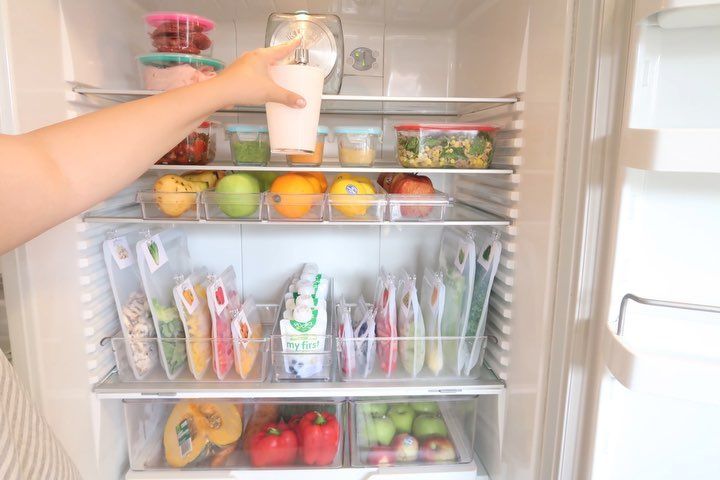A year supply of food is recommended for every household. This may sound crazy, but it is a great tip for a variety of reasons.
- Food storage helps children feel secure.
- It helps you prepare for an emergency.
- Remember the scripture “if ye are prepared, ye shall not fear” and stock up for a time when your family may have health or financial challenges.
- If you lost your income for a time, a year supply would be great asset to rely on.
- It saves money, time, gas, and your energy if you buy in bulk when prices are low.
- The average person spends $35 every time they enter a store, even if they weren’t planning on purchasing anything. Stock up so you don’t take as many trips to the store. Learn how to substitute food items to avoid trips to the store and thus save money.
- Remember, if you care keep a spare. This means if it’s something you’re family uses, then you might as well buy two to have it on hand. Think of it as if you ARE the store.
Why store a Year Supply of Food?
Throughout the past there have been food shortages such as during the Great Depression and during World War II. There have also been natural disasters such as earthquakes and floods where grocery stores were not accessible. History has a way of repeating itself, so stock up even if it’s only 2 cans a week. In a year you’ll have 104 cans!
Maintain and rotate your year supply so you will always have food on hand.
Food Storage Tips:
- You’ll save money if you stock up when things are low priced. Buy in bulk. Buy several cases when canned food goes on sell.
- Buy a large freezer and fill it too. I buy 60 butters when they go on sale at Thanksgiving and it lasts us all year. I buy many loaves of bread and flour tortillas at a time and freeze them too.
- If you don’t have a food storage room, then you can put a twin sized bed on cinder blocks and store a year supply of food under it. Food is more important than beauty.
- Store canned food in a cool, dry place and not in a garage where it can freeze or get too hot.
- Water is probably one of the most important things to store. You should have a 3 day water supply for each member of the family.
When the Boy Scouts were doing a food drive, I was shocked because my neighbor couldn’t donate since she only had 1 can of green beans. I was grateful I had a large supply, because I realized if there was a food shortage I would definitely need to share with my neighbor.
If there was an emergency caring communities would pool together their resources, food, and first aid knowledge for the community’s benefit. It would be like the story Stone Soup, however I think neighbors would be more generous than the villagers were initially.
Step 1: Imagine the food storage room you desire.
How big of a room would you need to store a year supply of food? Do you want to store your fresh garden veggies like squash, potatoes, and carrots as well?
Step 2: Create desire to be organized.
Get motivated. What’s your why? Why do you want a organized food storage room? It doesn’t matter what I think. Take one minute to jot down why you want to an organized food storage room.
Step 3: Assess what you have and what you need. Assess what works with your family and what doesn’t work.
If you google the phrase food storage calculator there are several websites that can give you a good idea of how much food you need to store for a year supply.
Write a list of what you want.
Don’t buy your year supply all at one time.
Do your research – find the best price, quality, and acquire food that your family will eat. Add the food storage to your home over time.
Step 4: Note down your written action plan.
Draw a sketch of your pantry, food storage room, and freezer and put the your food storage regions on paper.
Region Ideas:
- Put all the non-food items together such as toothpaste, shampoo, toilet paper, paper towels in one region.
- Put all the grains in one region.
- Put all the canned fruits in one region.
- Put all the canned veggies in one region.
- Put all the oil, Crisco, Pam in one region.
I think you get the idea.
Step 5: Determine the containers.
Find containers that fill the space with “a perfect fit.”
Inscribe on the shelves or containers with a marker, a labeler, with words or pictures so everyone can put things away correctly.
Inscribing is critical!!!
The family can’t memorize where everything goes in the pantry, food storage room, and freezer. Label. Label. Label.
If you have a big deep freezer – write a list of what you have and tape it to the outside of the freezer. When you take something out, cross it off. When you put something in, write it down and then you’ll know how many hams or packages of hamburger you really have.

